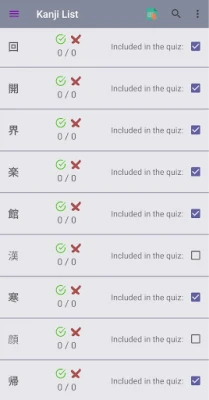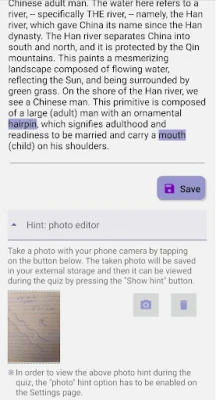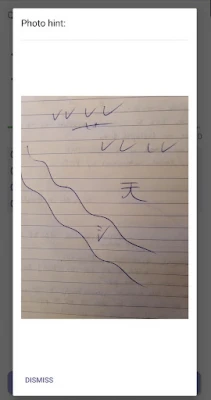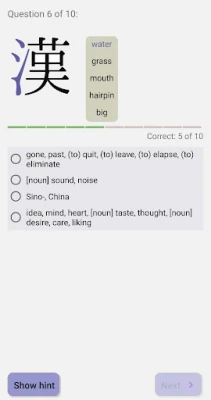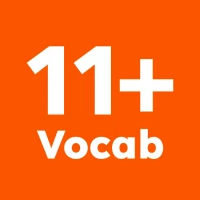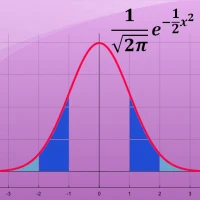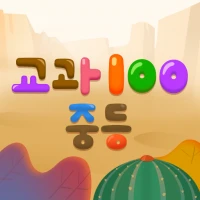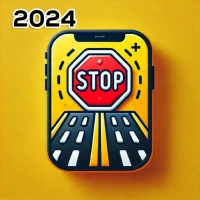
Latest Version
Version
9.0
9.0
Update
November 16, 2024
November 16, 2024
Developer
Yvgenij Sharovskij
Yvgenij Sharovskij
Categories
Education
Education
Platforms
Android
Android
Downloads
0
0
License
Free
Free
Package Name
com.dev.yvgenijsharovskij.n4kanjiandkanjistoryquiz
com.dev.yvgenijsharovskij.n4kanjiandkanjistoryquiz
Report
Report a Problem
Report a Problem
More About N4 Kanji & Kanji Story Quiz
Any avid kanji student would know the names of Henshall and Heisig, for their publications on kanji etymology and kanji story composition, respectively. Kanji stories are laconic, personal stories associated with each kanji that rely on deconstructing the kanji into primitives, i.e. smaller parts such as radicals or groups of radicals, and then giving these primitives a unique keyword so as to use these keywords to compose memorable stories for each kanji. The greatest disadvantage with kanji stories, apart from actually memorizing some 2000 kanji stories, is that the keywords given to each primitive are often not associated with the traditional meaning of the radicals (部首), thus making passing N1 a daunting endeavor.
In juxtaposition, it seems more practical to rely on the original kanji etymology, with specifically defined meanings for each of the traditional 214 radicals. In such a manner, memorizing kanji becomes progressively limpid, as knowing the etymology of one kanji often helps to remember the related kanji. However, at least 80% of the Chinese kanji are phono-semantic (形聲) in nature, which means that they are derived from both phonetic and semantic elements. On top of that, for a substantial part of the kanji, merely partial, if any at all, etymological derivations can be studied, as much of the etymology has been obscured over time.
Common to both kanji stories and etymology is deconstructing the kanji into smaller elements to make an initially arduous task of understanding the kanji considerably more manageable. This is, after all, how the kanji were traditionally studied, as described by the original kanji radical construction in the Shuowen Jiezi (Chinese: 說文解字, translated as "explaining graphs and analyzing characters"), which is a Chinese dictionary from the Han Dynasty. 說文解字 groups the kanji into 5 categories, namely: i) pictograms (象形), ii) simple ideograms (指事), iii) compound ideographs (會意), iv) borrowed kanji (假借), v) phono-semantic, and v) reciprocal cognates (轉注).
As such, when studying kanji, it is best not to limit oneself to either kanji stories or etymology, but rather to utilize a combination of these, as well as other methods, to take the path of "least resistance".
Consequently, the study of kanji is not primarily about memorization, but rather seeing patterns and associating these patterns with something less strenuous to remember.
This app was coded with the above in mind and is unique in such a sense, while also allowing you take photos with your phone and link them with each kanji as a form of a quiz hint.
Note: I wrote all of the kanji stories in this app. It might be a good idea to export them into an Excel sheet before making any major changes.
Common to both kanji stories and etymology is deconstructing the kanji into smaller elements to make an initially arduous task of understanding the kanji considerably more manageable. This is, after all, how the kanji were traditionally studied, as described by the original kanji radical construction in the Shuowen Jiezi (Chinese: 說文解字, translated as "explaining graphs and analyzing characters"), which is a Chinese dictionary from the Han Dynasty. 說文解字 groups the kanji into 5 categories, namely: i) pictograms (象形), ii) simple ideograms (指事), iii) compound ideographs (會意), iv) borrowed kanji (假借), v) phono-semantic, and v) reciprocal cognates (轉注).
As such, when studying kanji, it is best not to limit oneself to either kanji stories or etymology, but rather to utilize a combination of these, as well as other methods, to take the path of "least resistance".
Consequently, the study of kanji is not primarily about memorization, but rather seeing patterns and associating these patterns with something less strenuous to remember.
This app was coded with the above in mind and is unique in such a sense, while also allowing you take photos with your phone and link them with each kanji as a form of a quiz hint.
Note: I wrote all of the kanji stories in this app. It might be a good idea to export them into an Excel sheet before making any major changes.
Rate the App
Add Comment & Review
User Reviews
Based on 0 reviews
No reviews added yet.
Comments will not be approved to be posted if they are SPAM, abusive, off-topic, use profanity, contain a personal attack, or promote hate of any kind.
More »










Popular Apps

Santander Inversiones Uruguay 5Banco Santander Uruguay

Santander Empresas Portugal 5Banco Santander Totta S.A.

Mi Tarjeta SantanderBanco Santander Uruguay

Santander ArgentinaBanco Santander (Argentina)

Santander Empresas ARBanco Santander (Argentina)

Santander EmpresasBanco Santander (Brasil) S.A.
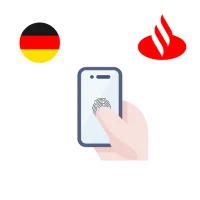
SantanderSignSantander Consumer Bank AG (Deutschland)

Santander InternationalSantander International

Santander mobileSantander Bank Polska S.A.

Santander Way: App de cartõesBanco Santander (Brasil) S.A.
More »










Editor's Choice

Grim Soul: Dark Survival RPG 5Brickworks Games Ltd

Craft of Survival - Gladiators 5101XP LIMITED

Last Shelter: Survival 5Long Tech Network Limited

Dawn of Zombies: Survival GameRoyal Ark

Merge Survival : Wasteland 5StickyHands Inc.

AoD Vikings: Valhalla Game 5RoboBot Studio

Viking Clan: Ragnarok 5Kano Games
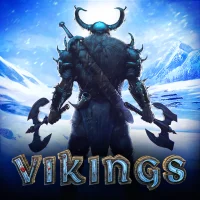
Vikings: War of Clans 5Plarium LLC

Asphalt 9: Legends 5Gameloft SE

Modern Tanks: War Tank Games 5XDEVS LTD

